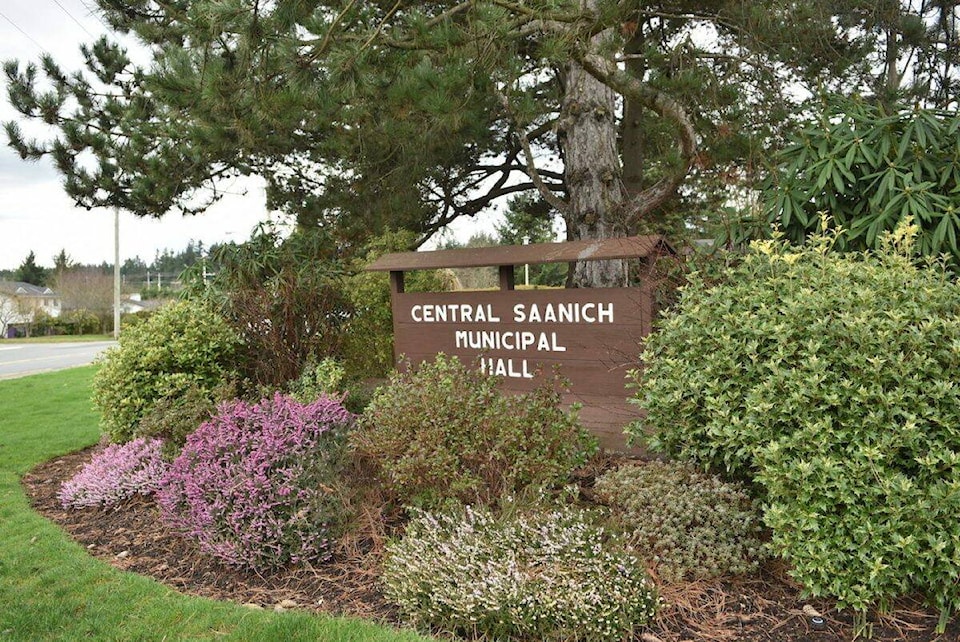The district of Central Saanich has approved changes to building regulations which will require electric space and water heating in new build single-family homes effective Nov. 1.
Council unanimously approved the motion at a regular meeting Tuesday (May 23), bringing the district in line with Saanich and Victoria, which approved similar timelines for the implementation of the highest level of the province’s Zero Carbon Step Code for homes smaller than four storeys, described as part nine buildings under the B.C. Building Code.
Council voted to deviate slightly from the recommendation made by staff. Staff recommended council also approve a July 1, 2024 implementation date for a ban on gas heating, cooking and water heating in four- to six-storey residential buildings, and a Nov. 1, 2024 implementation date for commercial buildings – together described as part three buildings by the building code – as Saanich and Victoria had done.
However, council passed an amendment by Coun. Niall Paltiel to the motion, which separated the decision on an implementation date for part three buildings to be made at a later date, with Couns. Zeb King, Sarah Riddell, and Gordon Newton in opposition.
READ MORE: B.C. introducing new powers to limit emissions of new buildings
Paltiel said he had concerns about the cost impact of building these types of buildings with electric heat instead of gas, when there is also a lack of affordable homes in the district, and these types of buildings are where the district can work to improve affordability.
“I think there is merit to these changes, and I’m not saying no down the road but … the concern that has been shared by industry in this region should be heard and addressed if we want to say that we take housing affordability seriously,” said Paltiel.
King countered with his concerns any delay would mean Central Saanich is not responding to the climate emergency with enough urgency and would risk falling out of step with other municipalities in the region.
Later in the meeting, King made a separate motion directing staff to return to council no later than July 1, 2024 with a report exploring the cost impacts on part three buildings built with electric heating and cooking versus gas.
The motion passed without opposition, and with both councillors agreeing it was a good compromise which allows the district to make the more complex decision with the help of more detailed information while still leaving the door open for being in sync with the other municipalities in the region.
READ MORE: Victoria councillors hoping city can expedite zero-carbon mandate for new buildings
READ MORE: Esquimalt eyes keeping natural gas out of new multifamily buildings
@JSamanski
justin.samanski-langille@goldstreamgazette.com
Like us on Facebook and follow us on Twitter.
